10+ Home Repairs To Consider Before Selling Your Los Angeles Property

To truly maximize your Los Angeles property’s appeal and value, a little preparation goes a long way. Before buyers step through your door (or view online), addressing common issues can make a world of difference. Discover the 10+ home repairs most critical for selling your LA home.
These tips are intended as general guidance and may not guarantee increased value or faster sale.
1. Fix Those Leaky Faucets
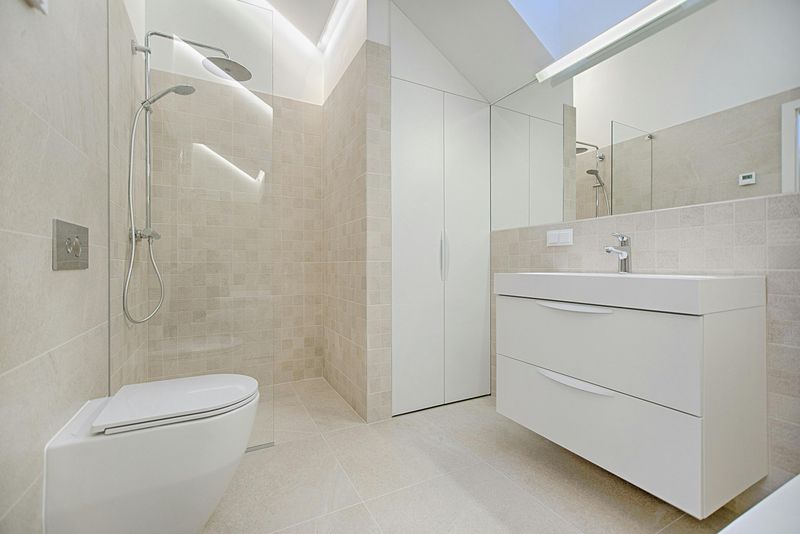
Small drips signal big problems to potential buyers. Even minor leaks can suggest poor maintenance throughout the house and raise concerns about water damage behind walls.
Replacing worn washers or cartridges is usually a quick and inexpensive fix that makes bathrooms and kitchens instantly more appealing. For older fixtures, consider replacing them entirely with modern, water-efficient models.
Bonus: Fixing leaks now prevents water stains from developing on sinks and tubs before showings begin. Most hardware stores carry the parts you’ll need, and many online tutorials can guide you through the repair process.
2. Patch Holes And Cracks In Walls

Damaged walls immediately catch buyers’ eyes and make your home look neglected. Filling holes from picture hangers, cracks from settling, and dents from doorknobs creates a fresh canvas that helps buyers envision themselves in the space.
Spackling compound, sandpaper, and touch-up paint are all you need for most minor repairs. For larger holes, mesh patches provide additional structure for a seamless finish.
Keep leftover paint from previous projects to ensure perfect color matches when touching up. If you don’t have matching paint, take a small chip to your local paint store for color matching.
3. Replace Outdated Light Fixtures
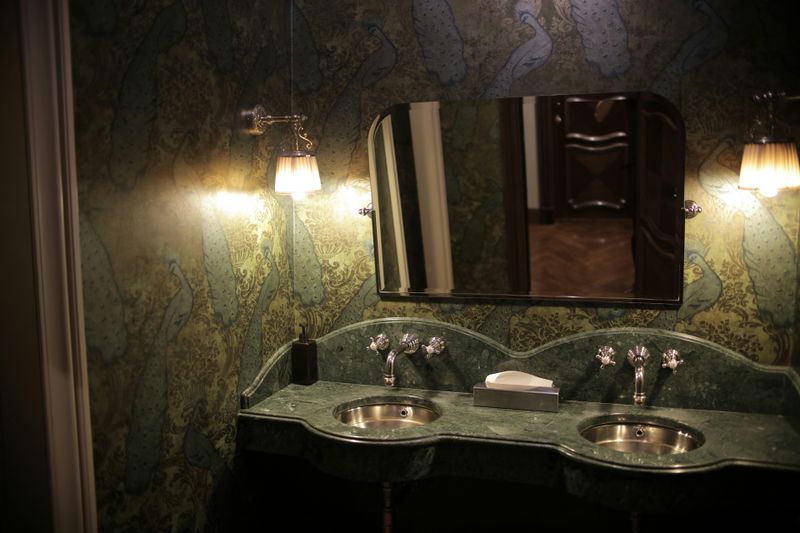
Lighting dramatically influences how spaces feel, and dated fixtures can make your entire home seem stuck in the past. Modern fixtures instantly refresh rooms and create the impression of an updated, well-maintained property.
Focus on high-visibility areas like entryways, dining rooms, and bathrooms where lighting makes the biggest impact. Many attractive options are available for under $100 per fixture.
Remember to match fixture finishes with other hardware in the room for a cohesive look. When installing new fixtures, always turn off power at the breaker box first.
4. Refresh Kitchen Cabinet Hardware
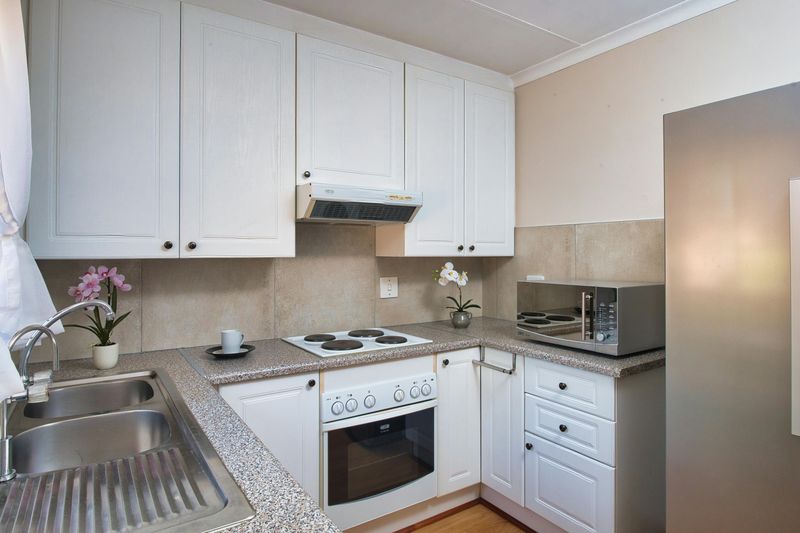
Cabinet hardware serves as jewelry for your kitchen, and outdated pulls and knobs can make even nice cabinets look tired. Swapping old hardware for contemporary styles instantly modernizes the space without the expense of a full renovation.
Measure the distance between screw holes before shopping to ensure new hardware fits existing holes. Brushed nickel, matte black, and brass finishes are currently popular with buyers.
Hardware replacement is a beginner-friendly project requiring just a screwdriver. For a professional look, clean cabinet surfaces thoroughly before installation and fill any unnecessary holes.
5. Address Grout And Caulk Issues
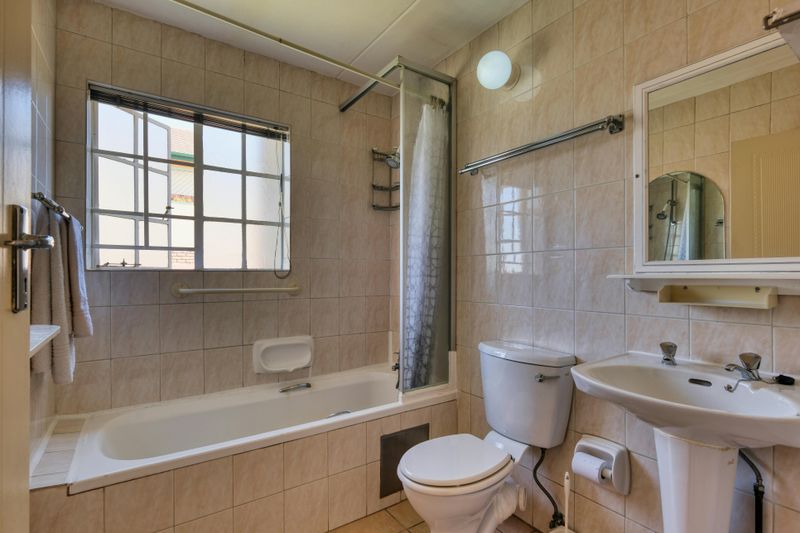
Discolored grout and peeling caulk in bathrooms and kitchens create immediate negative impressions. These small details signal water damage concerns and make spaces look dirty even when they’re clean.
Removing old caulk and applying fresh lines around tubs, sinks, and backsplashes creates crisp, clean edges. For dingy grout, try cleaning with specialized cleaners before resorting to more labor-intensive regrouting.
White is the safest color choice for most applications, though matching existing colors maintains visual consistency. Apply new caulk to dry, clean surfaces and allow it to cure fully before exposing to water for best results.
6. Repair Damaged Flooring
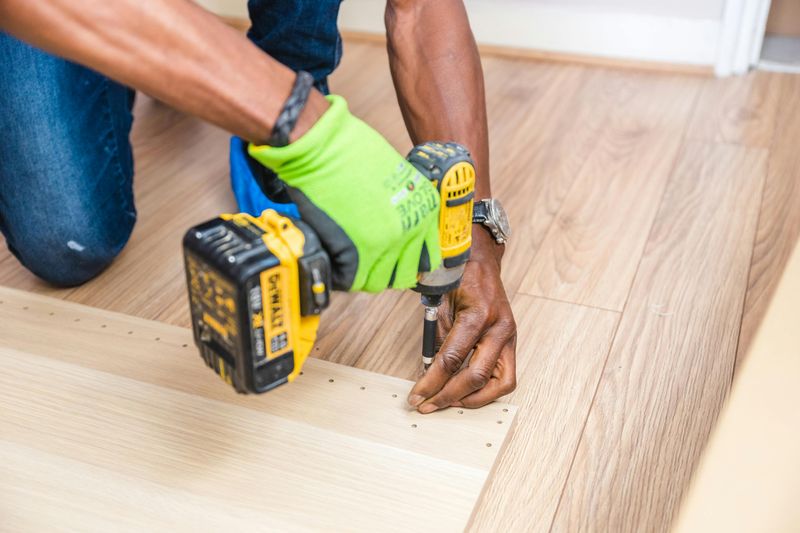
Floors take a beating over time, and buyers notice every scratch, stain, and squeaky board. Addressing floor issues signals proper home maintenance and prevents buyers from mentally calculating repair costs.
For hardwoods, consider professional refinishing if extensively damaged, or try DIY solutions like wood markers and fill sticks for minor scratches. Carpet stains might require professional cleaning, while damaged areas might need patching or replacement.
Vinyl and laminate floors with damaged sections can often be replaced by the plank or tile if you have spares from the original installation. Floor repair costs vary widely, but the investment typically delivers strong returns in buyer perception.
7. Fix Doors That Stick Or Squeak
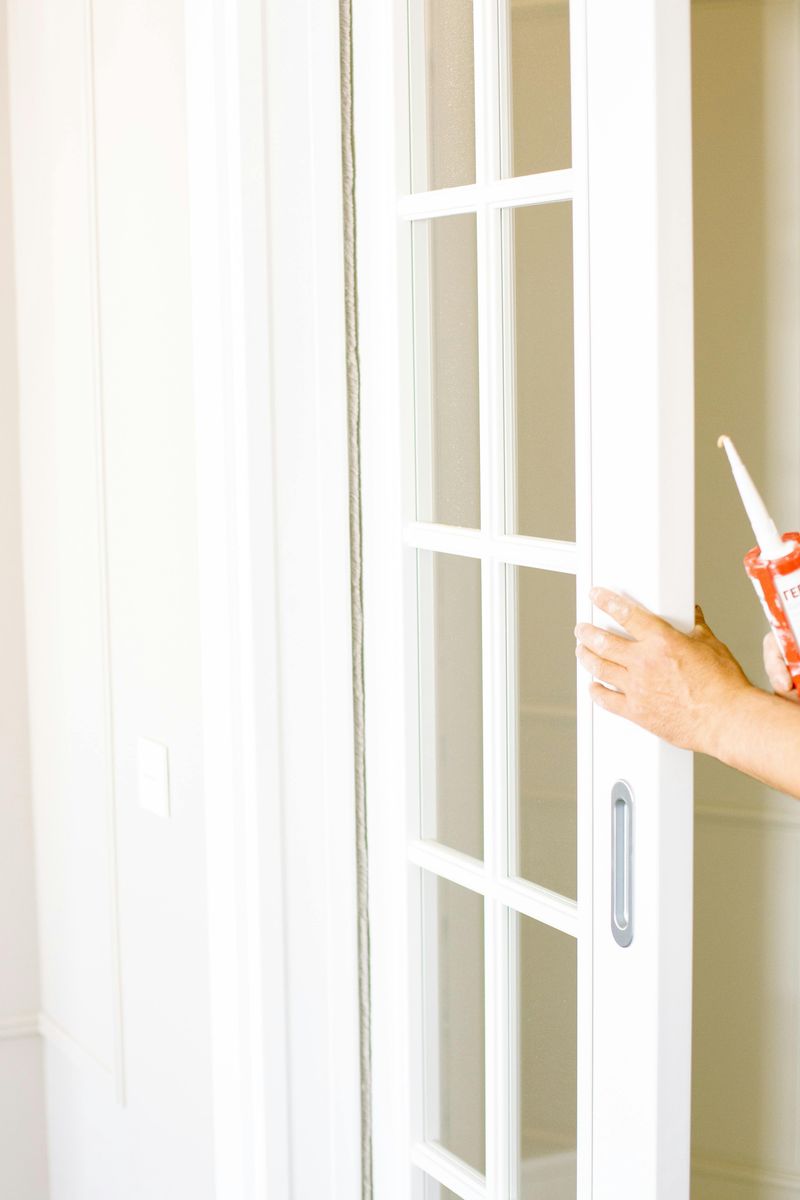
Doors that don’t function smoothly suggest alignment issues throughout the house. Buyers unconsciously register these small annoyances as they move through your home during showings.
Squeaky hinges usually need simple lubrication with WD-40 or household oil. For doors that stick, identify whether the problem is with the hinge alignment or where the door rubs against the frame.
Sometimes sanding or planing the edge slightly solves the issue, while other times adjusting the hinges does the trick. This repair costs almost nothing but significantly improves the impression of quality maintenance.
8. Update Outlet And Switch Plates
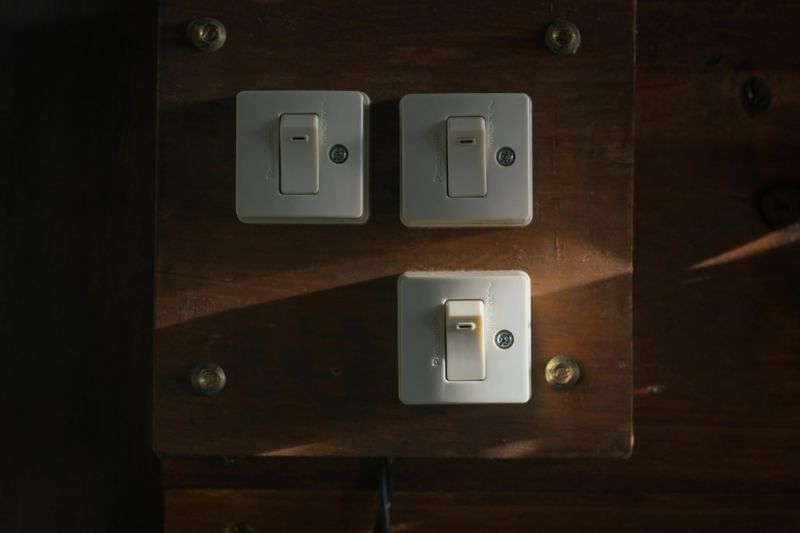
Yellowed, cracked, or painted-over switch plates create an impression of neglect. Small details catch buyers’ eyes as they inspect the property and imagine living there.
Fresh white plates cost less than a dollar each and instantly brighten walls. Consider upgrading to decorative plates in key areas like dining rooms or replacing outdated almond-colored outlets with modern white versions for maximum impact.
When replacing plates, check that outlets and switches work properly-buyers often test these during viewings. This project requires minimal tools and time but contributes significantly.
9. Repair Roof Leaks And Damage
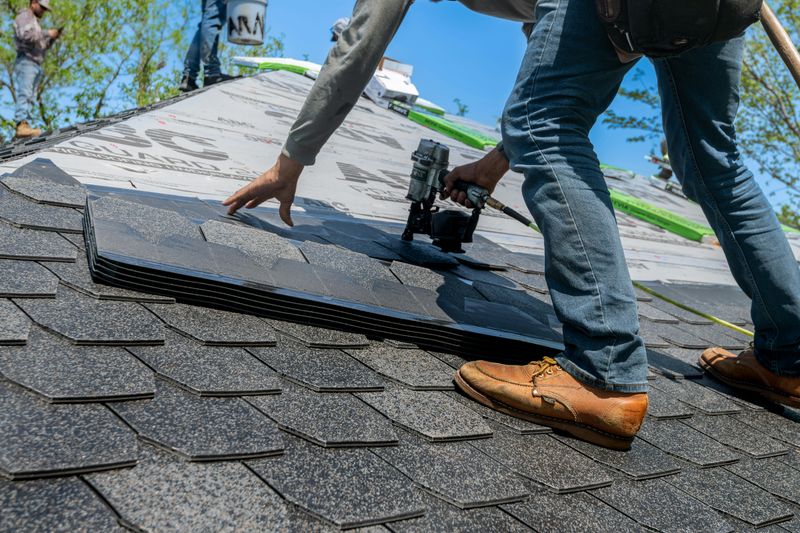
Roof issues top the list of buyer concerns because they potentially lead to extensive water damage. Even small leaks can derail sales or lead to significant price reductions during negotiations.
Have a professional inspect your roof for missing shingles, damaged flashing, and signs of leaks. Address these issues before listing, as most home inspectors will flag them and potentially scare away buyers.
Keep receipts for all roof work to show buyers and include them in disclosure documents. While potentially expensive, roof repairs typically deliver excellent return on investment by preventing deal-breaking issues during the selling process.
10. Address Basement Moisture Issues
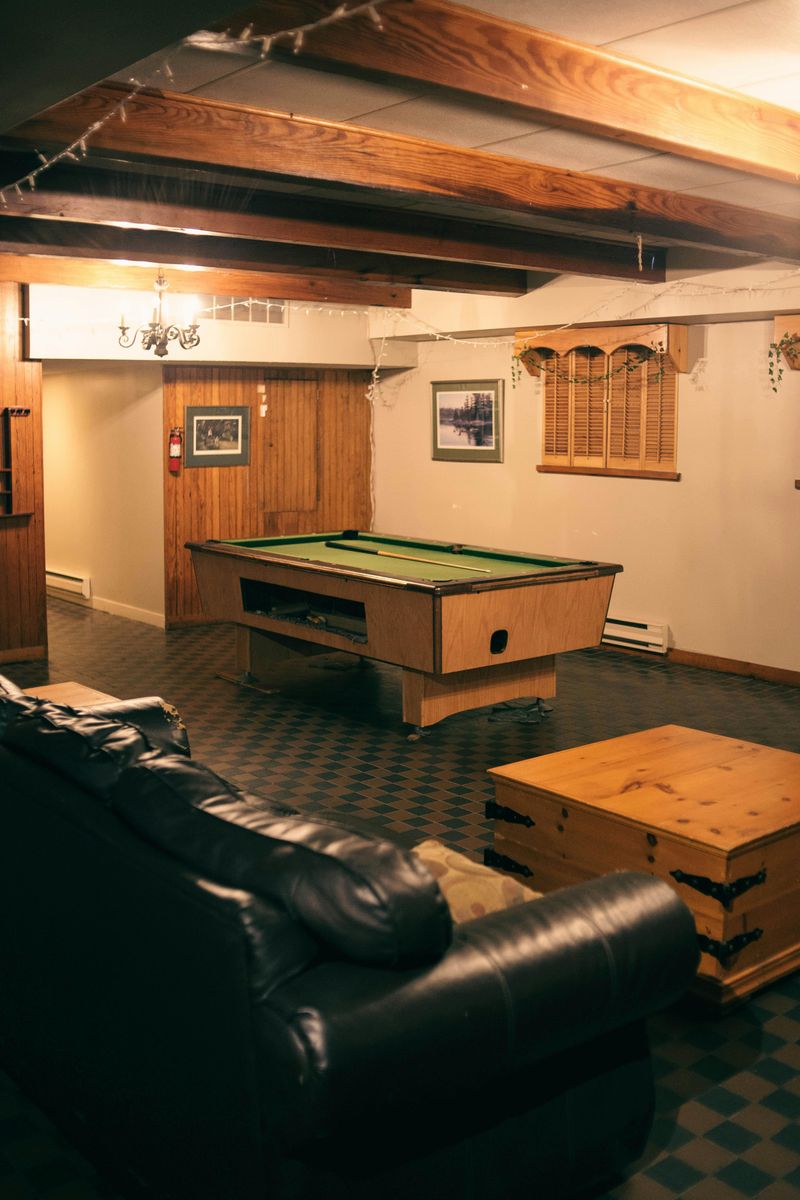
Damp basements raise immediate red flags for buyers, suggesting potential mold problems and foundation issues. Addressing water intrusion before listing prevents these concerns from derailing your sale.
Start by checking gutters and downspouts to ensure water drains away from the foundation. Seal visible cracks in foundation walls and consider applying waterproofing paint to masonry surfaces if dampness persists.
For serious water issues, consult with waterproofing professionals about interior drainage systems or exterior solutions. Running a dehumidifier before showings helps eliminate musty odors.
11. Spruce Up Your Curb Appeal

First impressions matter tremendously when selling your home. Potential buyers often make snap judgments before they even step through the front door. Addressing your property’s exterior can yield an impressive return on investment.
Start by pressure washing siding, walkways, and driveways to remove years of built-up grime. Replace any missing fence pickets, fix sagging gates, and consider applying fresh paint to the front door.
Don’t forget about landscaping! Trim overgrown bushes, edge the lawn, add fresh mulch to garden beds, and plant a few colorful flowers.
12. Upgrade Your HVAC System
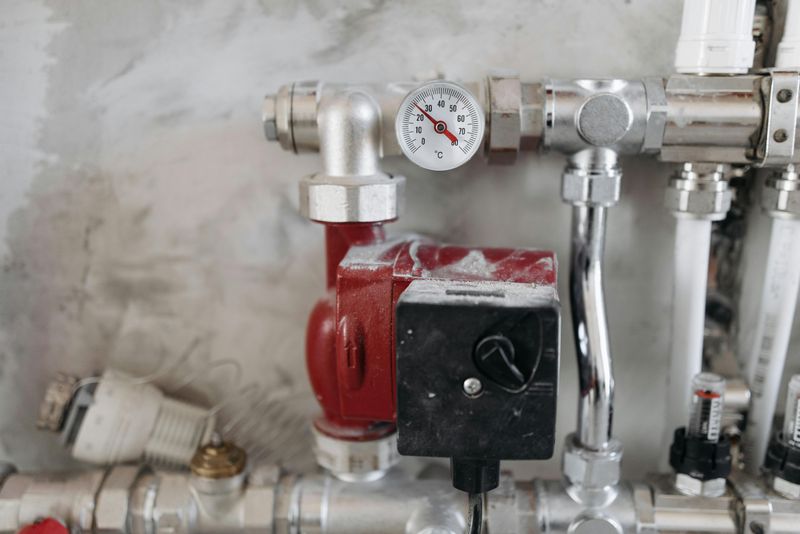
An outdated heating and cooling system can be a major red flag for potential buyers. Most house hunters don’t want to deal with replacing expensive equipment shortly after moving in.
A well-maintained or recently upgraded HVAC system becomes a strong selling point. Consider having your system professionally serviced if it’s relatively new, or replace it entirely if it’s over 15 years old.
This investment typically returns 85% of its cost through increased home value. Keep maintenance records to show buyers your system has been well cared for throughout its life.






